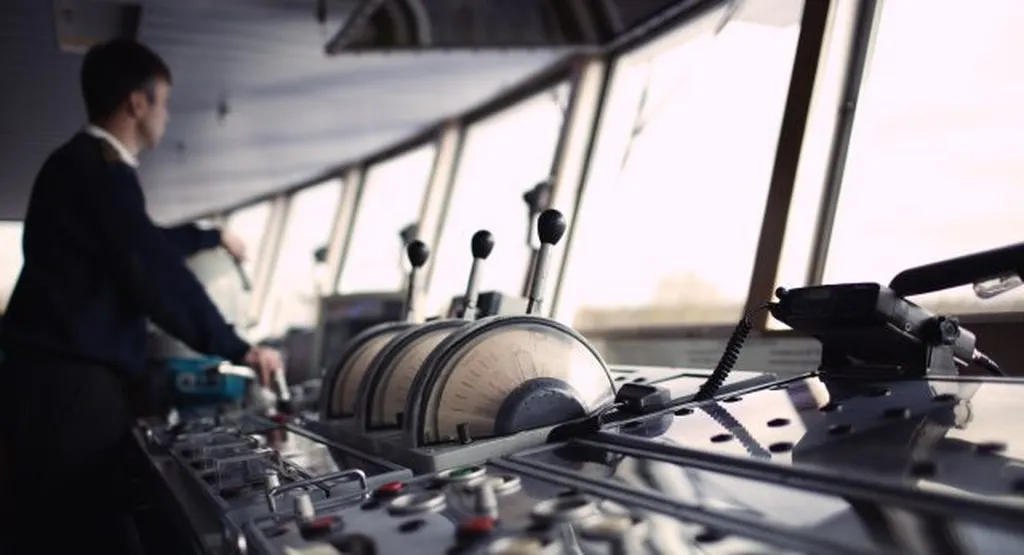In the ever-evolving world of computer vision, a groundbreaking development has emerged from the Marine Electrical Engineering College at Dalian Maritime University, China. Dr. Peiyong Gong and his team have introduced a novel neural network called the Spatial Front-Back Relationship Partition Sorting Network (SFBR-PSortNet). This innovative technology is designed to recognize spatial front-back relationships between objects in images, a feature that has been largely overlooked until now.
So, what does this mean for the maritime industry? Imagine a ship’s navigation system that can accurately interpret the spatial relationships between vessels, buoys, and other maritime objects. This could significantly enhance situational awareness, collision avoidance, and overall safety at sea. The SFBR-PSortNet could also be integrated into autonomous ship systems, enabling them to make more informed decisions based on the spatial arrangement of objects in their vicinity.
The SFBR-PSortNet is an end-to-end deep convolutional neural network that generates a set of triples representing the spatial front-back relationships between every pair of objects in an input image. It uses the bottom keypoints of objects for dual purposes: object category recognition and providing implicit depth information to enhance spatial front-back relationship reasoning. The network also introduces a Partition Sorting mechanism to construct a comprehensive spatial front-back relationship graph among all objects.
In simpler terms, this technology can help a computer ‘see’ and understand the relative positions of objects in an image, much like how a human would. For instance, it can determine whether one ship is in front of or behind another, or if a buoy is closer to a vessel than another buoy.
The team’s experiments on data derived from the KITTI dataset demonstrated the effectiveness of their network for spatial front-back relationship recognition, achieving a precision of 0.876 and a recall of 0.856. As Dr. Gong explained, “The results validate the practical applicability and robustness of our network in real-world road scenarios, underscoring its potential to enhance the accuracy of computer vision systems in complex environments.”
While the initial tests were conducted on road scenarios, the implications for the maritime sector are vast. The SFBR-PSortNet could be a game-changer for autonomous ships, port operations, and even underwater robotics. It could also improve the accuracy of maritime surveillance systems, helping to detect and track vessels more effectively.
Moreover, this technology could open up new opportunities for commercial applications. For example, it could be used in the development of advanced maritime navigation tools, or integrated into existing systems to enhance their capabilities. The potential for innovation is immense, and the maritime industry is well-positioned to leverage this technology for safer, more efficient operations.
In conclusion, the SFBR-PSortNet represents a significant advancement in computer vision technology. Its potential applications in the maritime sector are vast and varied, promising to enhance safety, efficiency, and situational awareness at sea. As Dr. Gong and his team continue to refine and develop this technology, we can expect to see even more exciting developments in the future. The research was published in the journal ‘Applied Sciences’, which translates to ‘Angewandte Wissenschaften’ in German.

